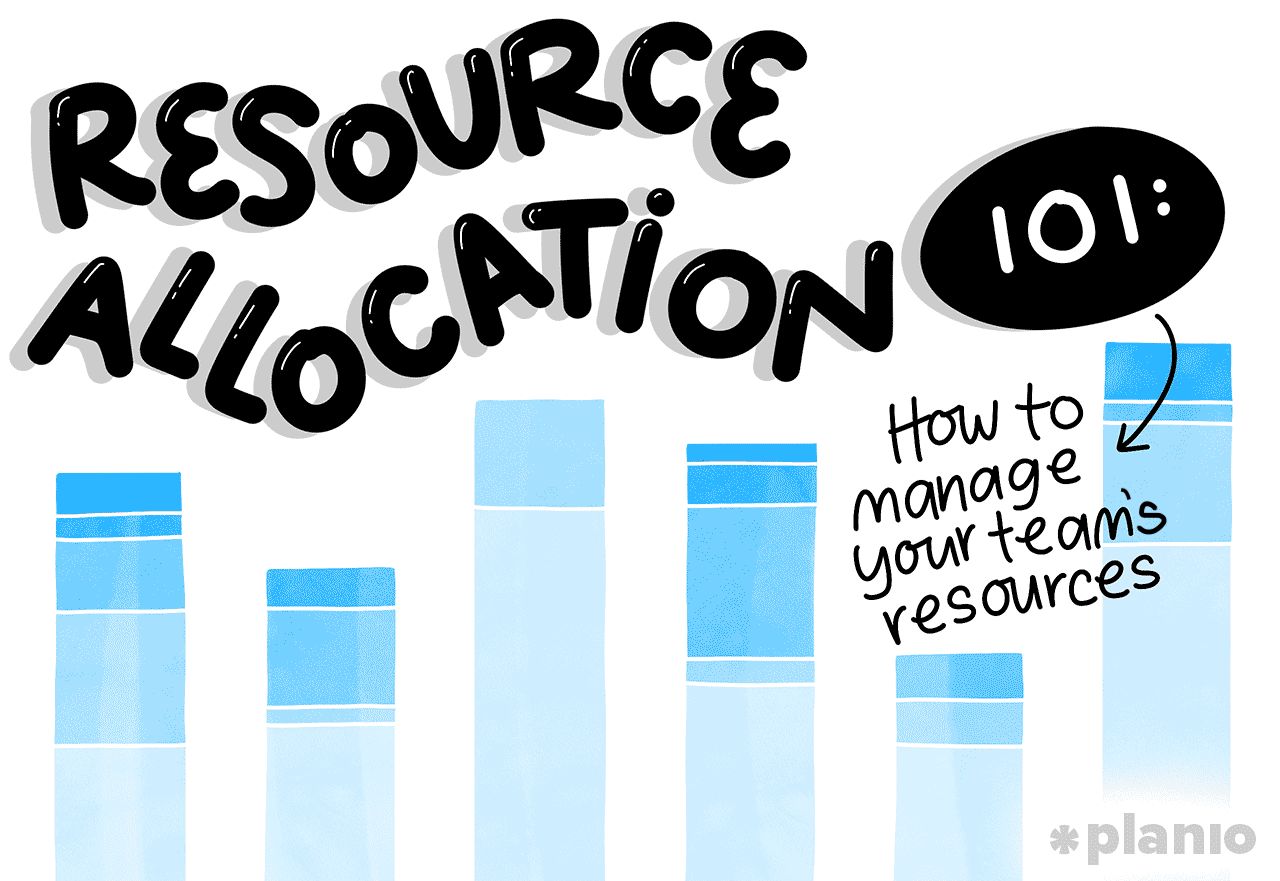
Resource allocation
Resource allocation is essentially about making the most of what you have. It’s the process of deciding how to distribute your available resources – things like time, money, people, and materials – to achieve your goals.
Think of it like baking a cake. You have a limited amount of flour, sugar, eggs, and butter. You need to carefully decide how much of each ingredient to use to bake the best possible cake. If you use too much flour, the cake will be dry. If you use too little sugar, it won’t be sweet enough.
In the business world, resource allocation is crucial for success. Companies need to allocate resources effectively to:

Increase profitability: By using resources efficiently, companies can reduce costs and increase revenue.
Identifying Your Resources
The first step in resource allocation is to identify all of your available resources. This includes:
Financial resources: This includes cash, credit, and other financial assets.
Defining Your Goals

Once you have identified your resources, you need to define your goals. What are you trying to achieve? What are your priorities?
Your goals should be:
Specific: Clearly defined and measurable.
Analyzing Your Needs
Once you have defined your goals, you need to analyze your needs. What resources will you need to achieve your goals? How much of each resource will you need?
This involves:
Conducting a needs assessment: This involves identifying the specific skills, knowledge, and resources that are required to achieve your goals.
Developing a Resource Allocation Plan
Once you have analyzed your needs, you can develop a resource allocation plan. This plan should outline:
How you will allocate your resources to each of your goals.
Monitoring and Evaluating
Once you have implemented your resource allocation plan, it is important to monitor and evaluate its effectiveness. This involves:
Tracking your progress towards your goals.
Common Resource Allocation Methods
There are a number of different methods that can be used to allocate resources. Some of the most common methods include:
Budgeting: Budgeting is the process of allocating funds to different departments or projects.
Tips for Effective Resource Allocation
Involve all stakeholders in the resource allocation process. This will help to ensure that everyone is on the same page and that resources are allocated effectively.
The Importance of Communication
Communication is essential for effective resource allocation. You need to communicate your resource allocation plan to all stakeholders. This will help to ensure that everyone understands how resources will be used and that they are on board with the plan.
You also need to communicate any changes to your resource allocation plan. This will help to avoid confusion and ensure that everyone is aware of the latest information.
Conclusion
Resource allocation is a critical process for any organization. By effectively allocating your resources, you can achieve your goals, increase profitability, and gain a competitive advantage.
By following the tips outlined in this article, you can develop and implement a resource allocation plan that will help your organization to succeed.